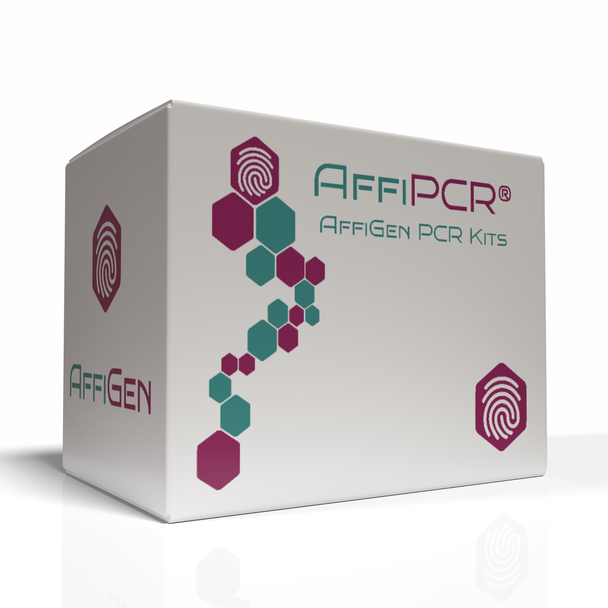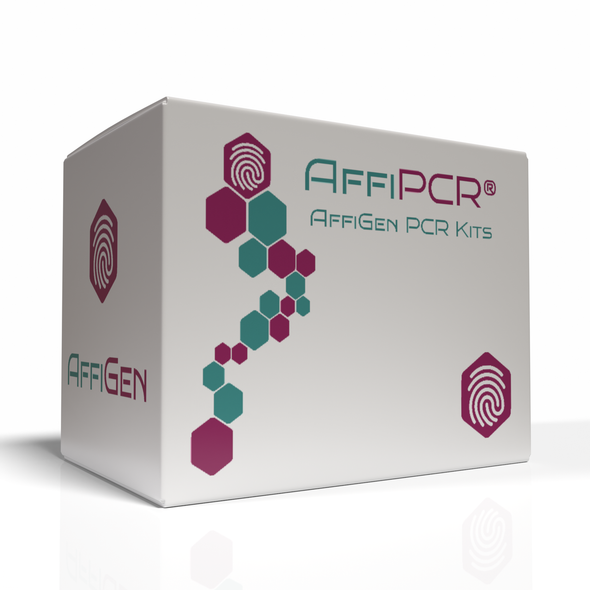Description
AffiPCR® Yersinia pestis Real Time PCR Real Time PCR | AFG-SCC-108 | AFFIGEN
Description: Real Time PCR kitTarget Disease Type: Dangerous Infections
Specific Application: Yersinia pestis
Storage and Shipping : 4 weeks
Yersinia pestis RT-PCR (CE) B79-50FRT DataSheet
INTENDED USE
Yersinia pestis Real-TM PCR kit is an in vitro nucleic acid amplification test for qualitative detection of Yersinia pestis DNA in the human biological material (blood; node, vesicle, pustule, and carbuncle aspirate samples; sputum; oropharyngeal swabs; urine; feces; lymph nodes; liver, spleen, lungs, adrenal, and brain tissues; as well as pathologically changed tissues and organs), animal material (blood, feces, parenchymal organs, brain tissues, and pathologically changed tissues and organs), fleas, ticks, bird pellets, and soil by means of real-time hybridization-fluorescence detection.
PRINCIPLE OF ASSAY
Yersinia pestis detection by the polymerase chain reaction (PCR) is based on the amplification of pathogen genome specific region by using specific primers. In real-time PCR, the amplified product is detected using fluorescent dyes. These dyes are linked to oligonucleotide probes that bind specifically to the amplified product. The real-time monitoring of the fluorescence intensities during the real-time PCR allows the detection of accumulating product without re-opening the reaction tubes after the PCR run. Yersinia pestis Real-TM PCR kit uses “hot-start”, which greatly reduces the frequency of nonspecifically primed reactions. “Hot-start” is guaranteed by separation of nucleotides and Taq-polymerase by using chemically modified polymerase (TaqF), which is activated by heating at 95 °C for 15 min.
Yersinia pestis DNA detection in clinical samples includes:
- Yersinia pestis DNA extraction from biological materials simultaneously with the exogenous Internal Control.
- Multiplex real-time PCR of a DNA fragment of Yersinia pestis and an artificial DNA fragment cloned into phage λ, which is used as a noncompetitive exogenous Internal Control.
Yersinia pestis DNA amplification is detected in the JOE/Yellow/HEX/Cy3 channel, the noncompetitive exogenous Internal Control amplification is detected in the FAM/Green channel. The exogenous Internal Control allows monitoring the main steps of PCR analysis (DNA extraction and amplification) . The main advantage of a noncompetitive exogenous Internal Control is the extension of the linear detection range and, therefore, an increase in the analytical sensitivity of the test.
STABILITY
Yersinia pestis Real-TM Test is stable up to the expiration date indicated on the kit label. The product will maintain performance through the control date printed on the label. Exposure to light, heat or humidity may affect the shelf life of some of the kit components and should be avoided. Repeated thawing and freezing of these reagents should be avoided, as this may reduce the sensitivity. Components stored under conditions other than those stated on the labels may not perform properly and may adversely affect the assay results.






